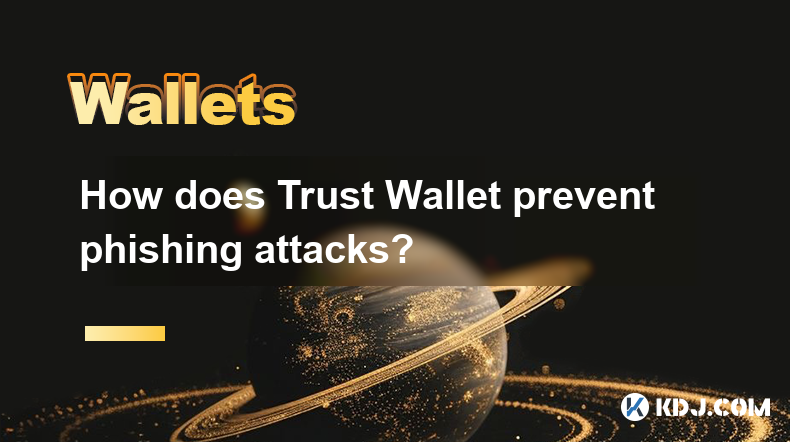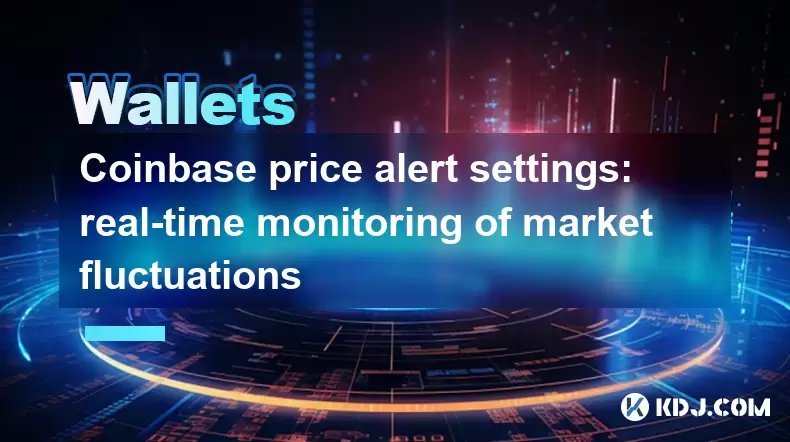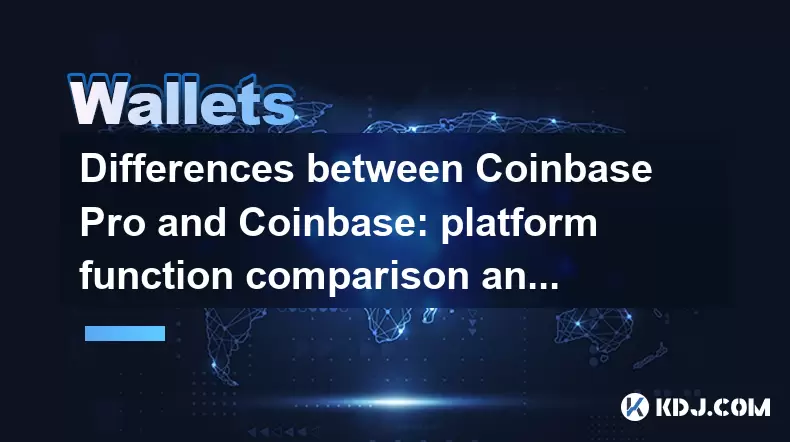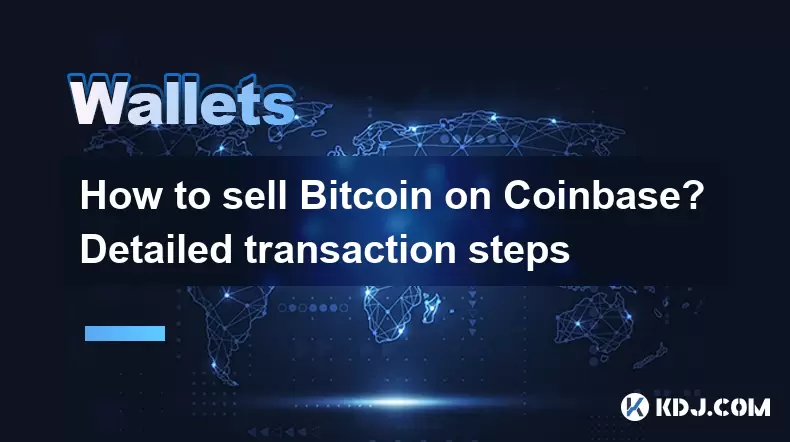-
 Bitcoin
Bitcoin $107,341.7259
0.15% -
 Ethereum
Ethereum $2,438.6204
0.70% -
 Tether USDt
Tether USDt $1.0003
-0.02% -
 XRP
XRP $2.1866
1.94% -
 BNB
BNB $649.0952
0.36% -
 Solana
Solana $150.9602
5.63% -
 USDC
USDC $0.9999
0.00% -
 TRON
TRON $0.2742
0.40% -
 Dogecoin
Dogecoin $0.1645
1.93% -
 Cardano
Cardano $0.5669
1.18% -
 Hyperliquid
Hyperliquid $37.8286
4.19% -
 Bitcoin Cash
Bitcoin Cash $491.4669
-2.74% -
 Sui
Sui $2.8150
3.06% -
 Chainlink
Chainlink $13.4184
2.91% -
 UNUS SED LEO
UNUS SED LEO $9.0809
0.27% -
 Avalanche
Avalanche $18.0295
2.60% -
 Stellar
Stellar $0.2396
1.19% -
 Toncoin
Toncoin $2.8587
0.13% -
 Shiba Inu
Shiba Inu $0.0...01160
2.59% -
 Litecoin
Litecoin $86.4192
1.45% -
 Hedera
Hedera $0.1486
1.19% -
 Monero
Monero $308.4324
0.87% -
 Polkadot
Polkadot $3.4202
1.43% -
 Bitget Token
Bitget Token $4.6436
-0.34% -
 Dai
Dai $0.9998
-0.02% -
 Ethena USDe
Ethena USDe $1.0002
0.00% -
 Uniswap
Uniswap $7.1527
3.29% -
 Pi
Pi $0.5357
-8.45% -
 Pepe
Pepe $0.0...09588
4.61% -
 Aave
Aave $259.9759
0.81%
How does Trust Wallet prevent phishing attacks?
Trust Wallet combats phishing with multi-layered security, user education, and secure key storage, urging users to verify URLs, update software, and enable 2FA for protection.
Apr 01, 2025 at 06:29 pm

Understanding Phishing in the Crypto World
Phishing attacks are a significant threat in the cryptocurrency space. They exploit users' trust and lack of awareness to steal sensitive information like private keys, seed phrases, and login credentials. These attacks often mimic legitimate websites or communication channels, deceiving users into revealing their data. The consequences can be devastating, leading to the complete loss of cryptocurrency holdings. Trust Wallet, being a popular mobile wallet, has implemented several security measures to mitigate these risks.
Trust Wallet's Multi-Layered Security Approach
Trust Wallet employs a multi-layered security approach to combat phishing. This involves a combination of technical safeguards and user education initiatives designed to protect users from falling victim to these attacks. No single measure is foolproof, but this layered approach significantly reduces the likelihood of a successful phishing attack. The effectiveness depends on both Trust Wallet's ongoing development and the user's vigilance.
Verifying Website Legitimacy
- Check the URL carefully: Always double-check the website address before entering any sensitive information. Phishing websites often use URLs that are very similar to the legitimate ones, but with subtle differences. Look for misspellings or unusual characters.
- Use the official app: Access Trust Wallet exclusively through the official app downloaded from the Google Play Store or Apple App Store. Avoid downloading from third-party websites or unofficial sources.
- Look for SSL certificates: Legitimate websites typically have an SSL certificate, indicated by a padlock icon in the address bar. This encryption protects data transmitted between your device and the website.
Recognizing Suspicious Communication
- Beware of unsolicited emails or messages: Trust Wallet will never ask for your seed phrase, private keys, or login credentials via email, SMS, or social media. Any request for this information should be treated as a phishing attempt.
- Verify sender identity: Before clicking on any links or responding to messages, verify the sender's identity. Check their email address, profile, and communication history to ensure authenticity. Legitimate communication will often come from official Trust Wallet channels.
- Report suspicious activity: If you receive a suspicious communication, report it to Trust Wallet immediately. This helps them identify and take down phishing campaigns.
Secure Storage of Private Keys
Trust Wallet utilizes a secure key storage system to protect your private keys. The wallet itself does not store your seed phrase on their servers. Instead, your seed phrase is stored locally on your device, which is encrypted and protected by your device's security measures. This approach minimizes the risk of your keys being compromised through a server breach. However, it's crucial to protect your device from malware and unauthorized access.
Regular Software Updates
Staying up-to-date with the latest version of the Trust Wallet app is crucial for security. Regular updates often include security patches that address vulnerabilities and improve protection against phishing and other threats. Trust Wallet regularly releases updates to enhance security features and fix any discovered bugs. Always enable automatic updates to ensure you have the latest security improvements.
Educating Users About Phishing Tactics
Trust Wallet actively educates its users about phishing techniques and best practices for online security. They provide resources, guides, and warnings to help users identify and avoid phishing attempts. This user education is a critical component of their overall security strategy. By empowering users with knowledge, Trust Wallet helps them make informed decisions and protect themselves from scams.
Two-Factor Authentication (2FA)
Enabling two-factor authentication (2FA) adds an extra layer of security to your Trust Wallet account. This means that even if someone obtains your password, they'll still need a second verification code to access your wallet. Enabling 2FA is strongly recommended to significantly reduce the risk of unauthorized access. Choose a method you can reliably access, such as an authenticator app or email.
Importance of Strong Passwords
Using a strong and unique password for your Trust Wallet account is vital. Avoid using easily guessable passwords or reusing passwords across multiple accounts. A strong password should be a combination of uppercase and lowercase letters, numbers, and symbols. Consider using a password manager to generate and securely store strong passwords.
Regularly Review Wallet Activity
Regularly reviewing your Trust Wallet activity can help you detect any suspicious transactions or unauthorized access attempts early on. This proactive monitoring allows you to react quickly to any potential security breaches. Check your transaction history frequently to ensure all activity is legitimate.
FAQs
Q: What should I do if I think I've been a victim of a phishing attack?
A: Immediately change your password, contact Trust Wallet support, and report the incident to the relevant authorities. You should also revoke any compromised access tokens and consider monitoring your credit reports for any suspicious activity.
Q: How can I tell if a website is legitimate?
A: Look for the padlock icon in the address bar, indicating an SSL certificate. Verify the URL carefully for any misspellings or suspicious characters. Only use the official Trust Wallet app downloaded from official app stores.
Q: What if I accidentally revealed my seed phrase?
A: This is a critical situation. Immediately secure your device and contact Trust Wallet support. Your funds are likely at risk, and you should take immediate action to mitigate the damage. You may need to generate a new wallet and transfer any remaining funds.
Q: Does Trust Wallet store my seed phrase?
A: No, Trust Wallet does not store your seed phrase on their servers. It's stored locally and encrypted on your device. However, you are responsible for its security.
Q: How often should I update my Trust Wallet app?
A: You should update your Trust Wallet app as soon as updates are available. Enable automatic updates for the most effective protection. Regular updates include important security patches.
Disclaimer:info@kdj.com
The information provided is not trading advice. kdj.com does not assume any responsibility for any investments made based on the information provided in this article. Cryptocurrencies are highly volatile and it is highly recommended that you invest with caution after thorough research!
If you believe that the content used on this website infringes your copyright, please contact us immediately (info@kdj.com) and we will delete it promptly.
- XRP, Ripple, and Bitcoin: Decoding the Latest Crypto Moves
- 2025-06-29 08:30:13
- NBA Legend Scottie Pippen's Crypto Picks: SHIB and XRP in the Spotlight
- 2025-06-29 08:50:12
- Bitcoin, US Strategy, and Cryptocurrency Regulation: Navigating the Digital Frontier
- 2025-06-29 09:10:13
- Chainlink's $17 Breakout: Bullish Momentum Fueled by Mastercard Partnership
- 2025-06-29 08:30:13
- Crypto Launches Q3 2025: Top Picks to Watch
- 2025-06-29 09:10:13
- Gemini AI's 2025 Crypto Forecast: Altcoin Boom Ahead?
- 2025-06-29 08:52:14
Related knowledge

Coinbase price alert settings: real-time monitoring of market fluctuations
Jun 29,2025 at 07:00am
Setting Up Coinbase Price AlertsTo begin real-time monitoring of market fluctuations on Coinbase, users can utilize the built-in price alert feature. This function allows you to receive notifications when a cryptocurrency reaches a specific price point. To access this setting, open the Coinbase app or log in via the web platform. Navigate to the 'Prices...

How to stake cryptocurrencies on Coinbase? Benefits and risks
Jun 27,2025 at 06:36pm
Understanding Cryptocurrency Staking on CoinbaseStaking cryptocurrencies involves locking up digital assets to support the operations of a blockchain network, typically in return for rewards. Coinbase, one of the most popular cryptocurrency exchanges globally, offers staking services for several proof-of-stake (PoS) coins. Users can stake their holdings...

Differences between Coinbase Pro and Coinbase: platform function comparison and analysis
Jun 29,2025 at 08:21am
Overview of Coinbase and Coinbase ProWhen exploring the cryptocurrency trading landscape, users often encounter two platforms under the same parent company: Coinbase and Coinbase Pro. While both are operated by the same organization, they cater to different types of users and offer varying features. Coinbase is primarily designed for beginners and casua...

How to contact Coinbase customer service? Support channels and response times
Jun 28,2025 at 01:29pm
Contacting Coinbase Customer Service: Support Channels and Response TimesIf you're a user of Coinbase, reaching their customer service team may become necessary for various reasons, such as account verification issues, transaction disputes, or technical difficulties. Understanding the different support channels available and what to expect in terms of r...

Coinbase advanced trading function usage tutorial: limit orders and market orders
Jun 28,2025 at 09:07pm
Understanding the Difference Between Limit Orders and Market OrdersWhen using Coinbase's advanced trading features, it is crucial to understand the fundamental difference between limit orders and market orders. A market order executes immediately at the best available price on the market. This type of order ensures that your trade goes through quickly, ...

How to sell Bitcoin on Coinbase? Detailed transaction steps
Jun 29,2025 at 04:22am
Setting Up Your Coinbase Account for TransactionsBefore you can sell Bitcoin on Coinbase, you must ensure your account is fully set up and verified. Coinbase requires identity verification to comply with regulatory standards. This process involves uploading a government-issued ID, confirming your address, and sometimes submitting a selfie holding the ID...

Coinbase price alert settings: real-time monitoring of market fluctuations
Jun 29,2025 at 07:00am
Setting Up Coinbase Price AlertsTo begin real-time monitoring of market fluctuations on Coinbase, users can utilize the built-in price alert feature. This function allows you to receive notifications when a cryptocurrency reaches a specific price point. To access this setting, open the Coinbase app or log in via the web platform. Navigate to the 'Prices...

How to stake cryptocurrencies on Coinbase? Benefits and risks
Jun 27,2025 at 06:36pm
Understanding Cryptocurrency Staking on CoinbaseStaking cryptocurrencies involves locking up digital assets to support the operations of a blockchain network, typically in return for rewards. Coinbase, one of the most popular cryptocurrency exchanges globally, offers staking services for several proof-of-stake (PoS) coins. Users can stake their holdings...

Differences between Coinbase Pro and Coinbase: platform function comparison and analysis
Jun 29,2025 at 08:21am
Overview of Coinbase and Coinbase ProWhen exploring the cryptocurrency trading landscape, users often encounter two platforms under the same parent company: Coinbase and Coinbase Pro. While both are operated by the same organization, they cater to different types of users and offer varying features. Coinbase is primarily designed for beginners and casua...

How to contact Coinbase customer service? Support channels and response times
Jun 28,2025 at 01:29pm
Contacting Coinbase Customer Service: Support Channels and Response TimesIf you're a user of Coinbase, reaching their customer service team may become necessary for various reasons, such as account verification issues, transaction disputes, or technical difficulties. Understanding the different support channels available and what to expect in terms of r...

Coinbase advanced trading function usage tutorial: limit orders and market orders
Jun 28,2025 at 09:07pm
Understanding the Difference Between Limit Orders and Market OrdersWhen using Coinbase's advanced trading features, it is crucial to understand the fundamental difference between limit orders and market orders. A market order executes immediately at the best available price on the market. This type of order ensures that your trade goes through quickly, ...

How to sell Bitcoin on Coinbase? Detailed transaction steps
Jun 29,2025 at 04:22am
Setting Up Your Coinbase Account for TransactionsBefore you can sell Bitcoin on Coinbase, you must ensure your account is fully set up and verified. Coinbase requires identity verification to comply with regulatory standards. This process involves uploading a government-issued ID, confirming your address, and sometimes submitting a selfie holding the ID...
See all articles

























































































